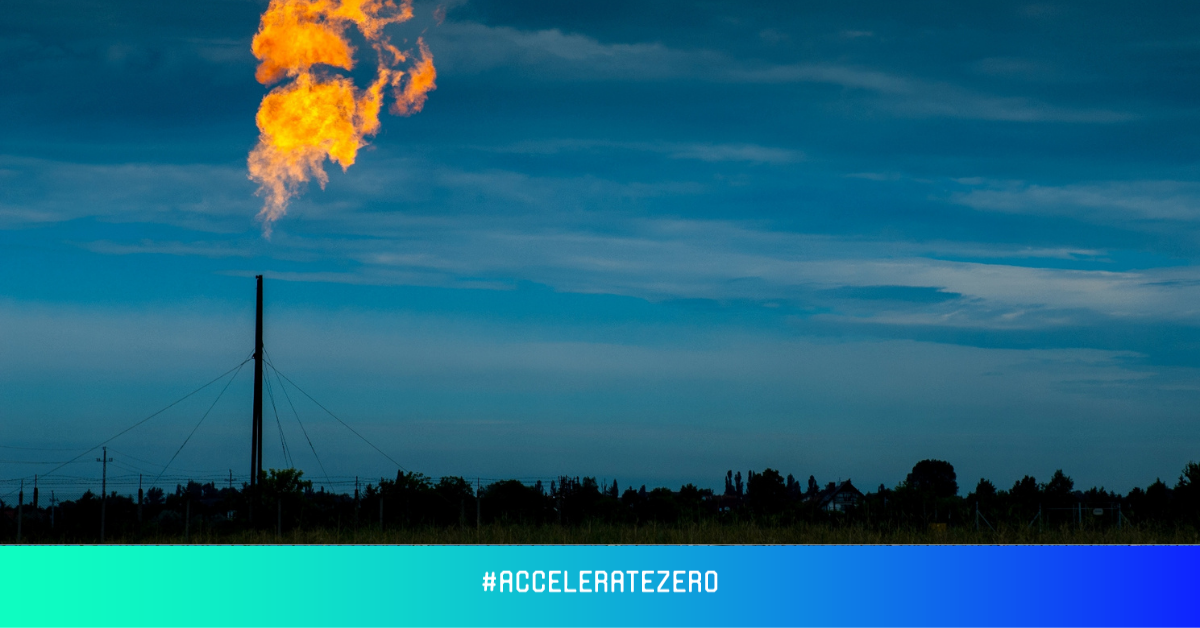May 12, 2021 3:18:45 PM
Editorial Team

Reducing high levels of methane emission— a principal constituent of natural gas— is a requisite to preventing extreme effects of global climate change, that’s according to a groundbreaking report by the United Nations.
The report, issued by the Climate & Clean Air Coalition and the U.N Environment Programme, depicts a change in the worldwide conversation about the most appropriate measure to fix the climate dilemma, whose focus has been on long-term carbon dioxide depletion.
Methane disintegrates in the atmosphere quickly, and it is 84 times more potent than carbon. This feature makes methane a prime target for cutting down global warming more rapidly while still decreasing other greenhouse gases.
The source of the majority of the world's methane emissions includes the fossil fuel industry during oil and gas exploration, landfills and sewage from the waste sector, and livestock secretions emanating from manure and enteric fermentation from the agricultural section.
In this decade, global methane emissions could be cut down by up to 45%, or 180 million tons per year, in line with the U.N.'s Global Methane Assessment. With such a goal, about 0.3 degrees Celsius of warming will be prevented by 2045. This will, in turn, restrict the global rise in temperatures to 1.5 degrees Celsius, an objective of the Paris climate accord.
The report follows the rise in methane emission levels which suddenly increased during the global coronavirus pandemic lockdown, as found in research by the National Oceanic and Atmospheric Administration. The discharge of methane has been rapidly growing since documentation began in the 1980s.
Similarly, a new study published in the journal Environmental Research Letters also mentioned that reducing the release of methane emissions arising from the oil and gas sector, agriculture, and other man-made sources could lessen global warming by almost 30%
In the report, it was stated that the extraction of oil and gas, processing and distribution make up about 23% of methane emissions. In contrast, coal mining contributed approximately 12% of the emissions. Methane emissions arising from agriculture, livestock, manure, and enteric fermentation make up about 32%.
Countries like Russia, France, and Argentina advocated for control of methane emissions at the World leaders' climate summit led by President Joe Biden last month.
In the words of Inger Andersen, executive director of the U.N. Environment Programme, "Cutting methane is the strongest lever we have to slow climate change over the next 25 years and complements necessary efforts to reduce carbon dioxide".
Although achieving this may be cost-intensive, Anderson believes that it will present many benefits to society, economies, and the environment that override the price. Hence it is necessary to get international cooperation in performing this urgent task of reducing methane emission as soon as possible within the decade.
The report states that fossil fuel production can decrease global emissions at minimal or no cost by fixing leakages from oil and gas facilities. It further identifies that companies that block leaks and trap methane could make gains while controlling methane emission.
Consider this: the 45% decrease in methane release would avert 255,000 premature deaths, 775,000 asthma-related hospital calls, and 73 billion hours of disoriented labor from very high heat. It will also prevent 26 million tons of crop damages per year.
Methane was also identified to be the cause of ground-level ozone, which is a harmful air pollutant. The public health advantage of minimizing methane emissions is clearly beyond question.
***
The Impact X Summit on Climate Growth, happening on 21-22 September in Sydney, will bring Australia’s most promising and exciting innovators to the stage. The Summit will directly address the decarbonisation and resilience opportunity and connect technology founders and carbon service providers with the investors, buyers and partners they need to scale. Click here to learn more.